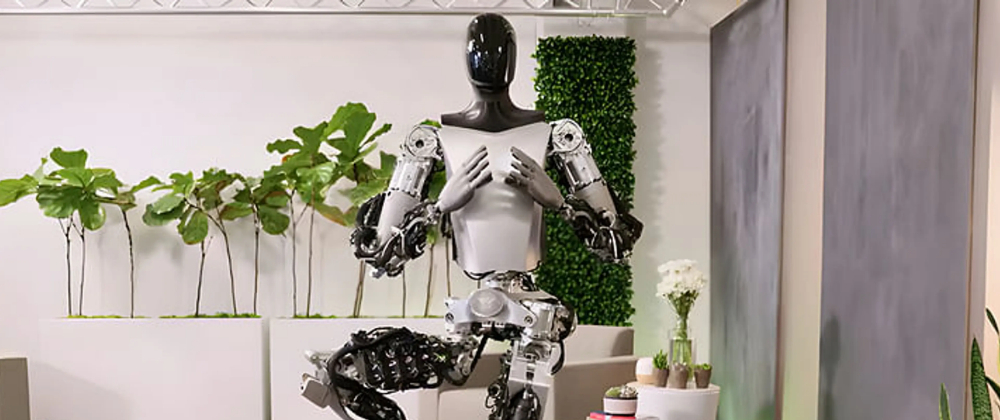Tesla has made significant strides in the development of its humanoid robot, Optimus. In a recent video showcasing the robot's capabilities, Optimus was seen performing various tasks with impressive precision, including yoga poses. This video has gone viral, amassing over 12 million views, demonstrating the public's fascination with the advancement of humanoid robotics.
Elon Musk, Tesla's CEO, has acknowledged the substantial progress made with Optimus. The robot's ability to execute intricate movements and maintain balance during yoga poses is a testament to the company's advancements in areas such as artificial intelligence, sensors, and actuators. These technological breakthroughs have enabled Optimus to exhibit human-like dexterity and flexibility, which is a significant milestone in the field of humanoid robotics.
Furthermore, Tesla has invited collaboration from the broader robotics community to further develop Optimus. This open invitation suggests that the company recognizes the value of collective expertise and the potential for synergies in advancing this technology. By fostering collaboration, Tesla aims to accelerate the development of Optimus and push the boundaries of what is possible in humanoid robotics.
The viral success of the Optimus video also highlights the public's growing interest and excitement about the potential of humanoid robots. As these machines become more capable and lifelike, they capture the imagination of people around the world. The ability of Optimus to perform tasks that were once considered uniquely human, such as yoga, has sparked a sense of wonder and curiosity about the future of robotics and its impact on our lives.
However, the development of Optimus is not without its challenges. Integrating advanced AI, sensors, and actuators into a cohesive and reliable humanoid platform requires overcoming significant engineering hurdles. Tesla's acknowledgment of the substantial progress made suggests that the company has made significant strides in addressing these challenges, but there is still work to be done to bring Optimus to a state of full operational capability.
As Tesla continues to refine and develop Optimus, the impact of this technology on industries, workplaces, and even our daily lives could be profound. Humanoid robots like Optimus have the potential to take on tasks that are dangerous, repetitive, or tedious for humans, freeing up our time and resources for more creative and fulfilling pursuits. Additionally, the advancements in humanoid robotics could lead to breakthroughs in areas such as healthcare, disaster response, and exploration, where human-like capabilities are particularly valuable.
In conclusion, Tesla's showcase of Optimus performing yoga poses with precision has captured the world's attention and demonstrated the substantial progress made in the development of this humanoid robot. By inviting collaboration and acknowledging the achievements, Tesla is positioning itself as a leader in the field of humanoid robotics, with the potential to transform industries and reshape the way we live and work in the years to come.






Top comments (0)